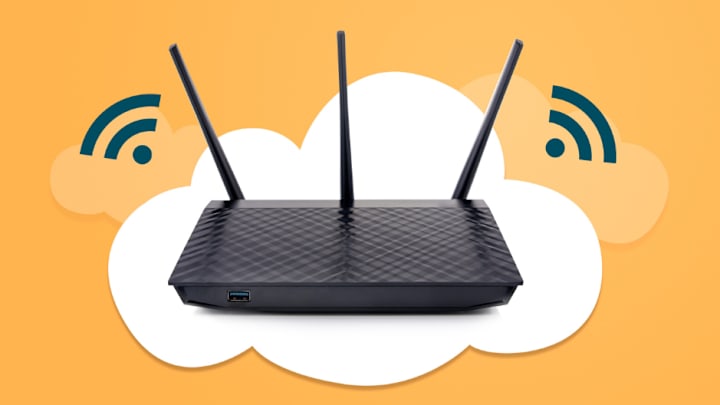The Wi-Fi Woes We All Know: A Love-Hate Relationship With Our Routers

Let’s talk about Wi-Fi—the invisible force that binds our digital lives together and, simultaneously, the one thing that tests our patience more than spilled coffee or a cracked phone screen. We love it. We hate it. We depend on it so much that losing connection feels like being stranded on a desert island... only instead of no water, there’s no Instagram.
Back in the early 2000s, getting on the internet involved screeching dial-up tones and a computer that needed to be booted up like a lawnmower. But today, Wi-Fi is supposed to be seamless, omnipresent, and fast enough to stream 4K movies while someone else is gaming and another person is on a Zoom call. “Supposed to be” being the key phrase here.
The Setup Struggle
First, there’s the initial setup—a dance between you, a blinking router, a confusing app interface, and at least one YouTube tutorial. Why does it feel like you need an IT degree to set up something that literally says “plug and play” on the box?
Once you’ve got it working, there’s the ritual of naming your network. Some go functional: “Home_Network_5G.” Others get creative—“Pretty Fly for a Wi-Fi,” “FBI Surveillance Van,” or “Drop It Like It’s Hotspot.” If you haven’t renamed your router something mildly ridiculous, are you even using Wi-Fi right?
The Dead Zone Dilemma
Now, let’s talk about dead zones—the Bermuda Triangles of your home where signals vanish into thin air. One minute you’re FaceTiming in the kitchen, and the next you’re frozen mid-sentence like a badly dubbed movie.
You find yourself pacing like a ghostbuster, phone raised in search of that elusive signal. “Oh, it works near the window if you stand on one foot and tilt your head slightly to the left.” There’s always one sweet spot in every house where the Wi-Fi signal hits just right. It’s like a wireless feng shui.
Routers: Friends or Frenemies?
Let’s not even start on the router itself. A mysterious black box with blinking lights—none of which you understand, but all of which seem to turn red at the exact moment you need to send something important. You’ve probably tried restarting it more times than you’ve restarted your phone. Sometimes it works. Sometimes it just... doesn’t. And no one knows why.
Even the tech support advice never changes: “Have you tried turning it off and on again?” Yes. You’ve tried. Multiple times. You’ve unplugged it, reset it, whispered sweet nothings to it—nothing helps.
The Modern Lifeline
But here’s the truth: despite all its flaws, Wi-Fi has become a silent hero in our lives. It keeps families connected, supports remote work, brings classrooms into bedrooms, and lets us stream everything from educational videos to cat compilations at 2 a.m. It powers smart homes, controls lights and thermostats, and even helps feed our pets when we're away.
We rely on it for grocery orders, digital banking, and keeping tabs on our doorbells. When it’s working, it’s miraculous. When it’s not, it feels like your whole world is buffering.
The Future Is Meshy
Thankfully, technology is catching up. Enter mesh Wi-Fi systems—multiple access points scattered around your house like magical portals. They promise to eliminate dead zones, smooth out streaming, and end the router-reset cycle. But are they perfect? Not quite. They still come with setup pains and the occasional inexplicable “no internet” error.
Still, as frustrating as Wi-Fi can be, we always come back. Like that unreliable friend who’s super fun at parties but never shows up on time, we forgive the hiccups because of the comfort and connection it provides.
So the next time you’re cursing your lagging signal, take a deep breath, reset the router (again), and remember—you’re not alone in this digital tug-of-war. We’re all just trying to stay online.